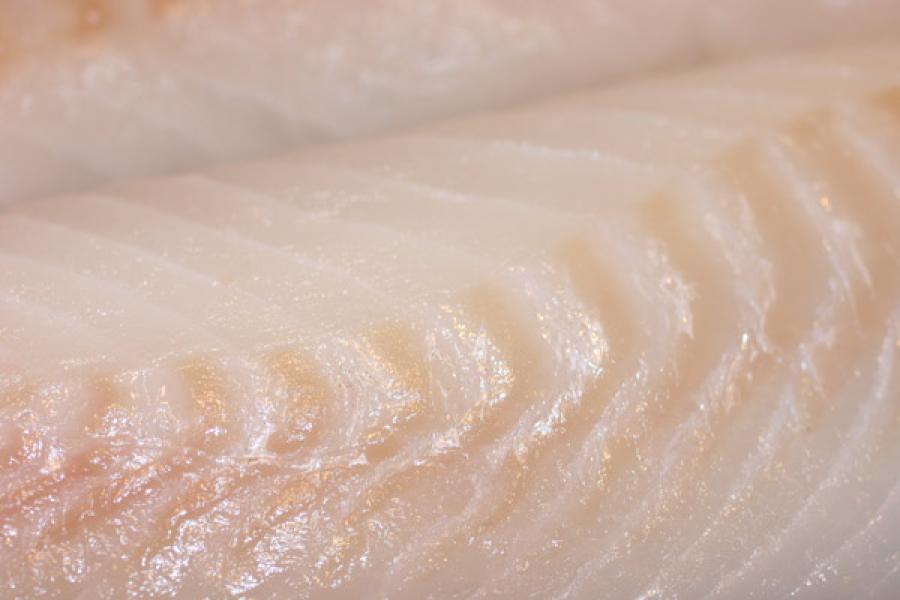Fish and seafood
Discover new ways with fish and seafood.
Seafood is healthy, full of nutrients and easier to digest than meat. There are plenty of varieties and each one has its merits.
Cooking fish and seafood
Fish and seafood are generally low fat and a good source of omega-3 fats that help prevent blood clots that may lead to heart attack and stroke.
Fishy
Top Fish: Remember just two things about fish - fresh and don't overcook. If you want to ensure fish is fresh, press your finger on it. If it springs back, you’ve got fresh fish. Never overcook fish or the results will be dry and flavorless.
How fresh is that fish? If you live in a coastal town where the boats still go and come back in the day, you are lucky indeed and you’ll have the chance of netting truly fresh fish in your basket. Otherwise, there are two kinds of fishing boats: those fishing close to the coast, able to get their catch to the consumer in 5-6 days, and those fishing in the high seas, not coming back in 2-4 weeks at its best, or months in the case of the large floating fish factories –the fish is caught, processed and frozen in the spot. Most fresh fish can only be relatively fresh.
Fishing methods: Fish caught on a hook and line keeps texture and look that is why fish caught with a long line is more valued than those caught with nets or trawls, where the fish is squeezed and suffers under the weight of the other catch.
Frozen Fish: Frozen fish is as nutritive as fresh fish but commercially frozen fish may have something additives to help with the process or to make it look more appealing.
Thawing: Thaw seafood in the fridge or in cold running water. To thaw fish quickly, submerge it in cold water with 3-4 Tbs salt. If time is not an issue, thaw in the fridge, lower shelves, for 8-12 hours. You can also use your microwave’s defrost setting if you’re going to use the seafood right away.
Cooking fish: A few ways you can cook fish: grilled, roasted, steamed, poached, baked and fried.
Juicy steamed fish: Steaming is a very simple way to prepare delicious fish dishes. Steamed fish comes out excellent and it only needs a sauce to add flavor. Only be aware that it is best to steam the whole fish –trout, red mullet- or large pieces –tuna, salmon, cod- as small pieces easily come out dry.
Steam to get lean: Make rolls with whit fish fillets and steam them like that. Serve them with a dash of hollandaise or a similar sauce. Scrumptious and a blessing for waistlines as the fish fillets are cooked without fat.
Grilling: Want to grill a fish? Choose a sturdier variety like salmon, tuna or swordfish.
Lemony: Lemon juice can help a fish retain its color during cooking and it enhances the flavor.
Fish cooking temperature: Fish should be cooked to an internal temperature of 145° F for safety.
Cooking seafood: Cook shrimp and prawns in their shells so they’ll retain their moisture and flavor. Shrimp, prawn, Crab and lobster shells turn medium to bright red when cooked.
Clammy: Clams and mussels should open as they cook. You can pry closed ones open to see if they are good, but if they’re spoiled, toss them.
High and low: Cephalopods like octopus and squid should be cooked quickly over high heat or very slowly over low heat. Don’t overcook or the result will be rubbery.
Check if it is done: For most fish, you can tell if it’s done if it’s opaque in the middle and still retains its moisture. Fatty fish like salmon or tuna can be cooked with a more translucent center.
Preparation
Scaling: Place some kitchen paper on your work top or chopping block to pick up the scales, lay the fish on top and use a blunt knife to scrape away the scales from tail to head. Rinse thoroughly under running water. If the scales resist the knife, pass the fish quickly through boiling water and immediately through cold water. Scraping the scales will be easy after that treatment.
Cleaning: Split the fish around the belly with a sharp knife and scrape the entrails. cut off the head right behind the gills. Cut away fins and tail.
Cleaning flat fish: Make an incision right behind the head with a sharp knife on the dark side. Scrape the entrails. Rinse.
Marinating: Always marinate your seafood in the fridge…never at room temperature.

